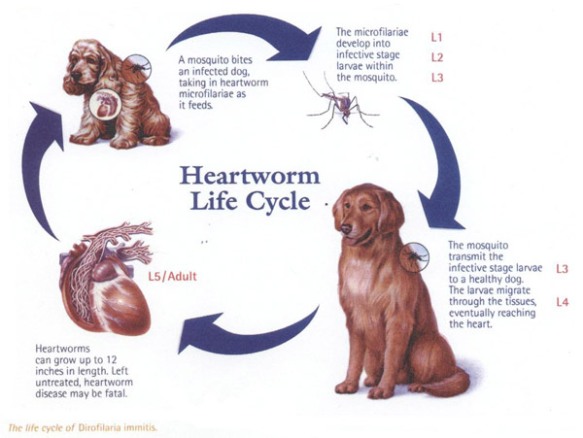Dog Food Allergy Symptoms Treatment
Fellow Dog Owner, If You’d Cry If Your Dog Died, Then You Need To See This!
Discover The Deadly Secret The Dog Food Industry Spends Millions To Make Sure You Never Find Out!

Dog Food Allergy Symptoms Treatment With regards to Dog Food Allergy Symptoms Treatment choosing pet food for the dog, it’s really a challenging choice. There are so many various pet food brands, tastes, dimensions, and shapes of pet food out there that creating an option can be hard. If you are choosing food for the canine, you want to make sure that you receive them the best possible food. They should get meals that will help keep them wholesome, match, and happy. So, when you are choosing the food for your canine, you’ll have to think about dietary requirements, the manufacturers accessible, your personal choices, and maybe the cost of the food. However, before you make your final choice, the following are several questions you should ask.Query Number1 – What Size is Your Dog? – To begin with, you are going to have to Dog Food Allergy Symptoms Treatment think about about how big your dog. Have you got a very large canine, a moderate dog, or perhaps a little or toy dog? How big your dog is definitely going to influence the type of meals that you buy. When you are searching for food, look for pet food that is specific to the size of your dog. Small canines won’t be able to get their mouths round the meals designed for big canines, and enormous canines will need something more considerable than meals Dog Food Allergy Symptoms Treatment designed for smaller canines.Question Number2 – Does Your Pet Have Allergies? – You should also ask yourself regardless of whether your dog has any allergies when you’re selecting dog food too. Should there be certain ingredients that your pet is hypersensitive to, you’ll have to be cautious when creating your decision. Ensure that there are no ingredients within the dog food that may cause an allergic reaction with your dog.
Dog Food Allergy Symptoms Treatment

Dog Food Allergy Symptoms Treatment Question #3 – What is Your Canines Grow older? – The age of your pet is another important consideration when you are picking out food for your canine. Is the dog an older canine, a young adult canine, or a small puppy? There are different meals available depending on the chronilogical age of your pet. You’ll find puppy food for young puppies, adult pet food for grownup dogs, and there is older pet food available for the dogs that are getting older. A dogs requirements are very different as they age, so you’ll need to get the right dog foods for their age.Question #4 – Are there Any Dog Food Allergy Symptoms Treatment Health Concerns to think about? – Any health issues that the canine may have can influence the kind of dog food you purchase for the dog as well. Does your pet take some dog dietary supplements within the meals to assist with health issues like eye issues, stylish dysplasia, or perhaps other joint problems? Also, some components may not be easily broken down by canines which have health issues, so keep this in mind as well.Query Number5 – How Active may be the Canine – It’s also wise to think about about the level of activity of the dog as well. Is your canine really energetic or perhaps is your dog more on the inactive aspect? You will find dog meals available which are especially for canines that are very energetic. Nevertheless, ensure give this sort of pet food to some dog that is not as active.Query #6 – Is There Real Beef within the Meals? – An additional query to ask is whether or not there is any real meat within the food that you choose. The beef ought to be within the first few components, and great beef consists of fish, lamb, poultry, and goose. When there is no meat, there ought to at least be “meal” indexed by the first couple ingredients.Question #7 – Is the Food Produced by an excellent Company? – The caliber of the company that makes your meals are certainly essential as nicely. You would like to be sure that the food comes from a organization that you can trust which will supply your pet with the healthy meals that is needed. Take time to check into the company as well as their background before you choose food from that company.So, prior to choosing any type of food for the dog, make sure to request all of these questions. If you are sure to request all these concerns before you choose the dog food, you will be sure to get the kind of meals that your canine enjoys. Also, you will get meals that is high quality and healthy for the dog as well.Dr. Mayra Alfonso, the writer from the new ebook Dog Food Allergy Symptoms Treatment InchThe Nature of Dog Recovery, The Conclusive Alternative Guide for your CanineInch has compiled a very reference on dogs, including the problems they face in health and nutrition. This ebook is an excellent supply for anyone who want to be aware of real information about their dogs’ health. Visit Doctor. Alfonso’s blog at [http:Or/www.CoolDogHallofFame.org] ,to obtain the latest, enjoyable and useful information about dogs.Significantly increase the pleased years of your pet by looking into my totally free report. I expose all of the secrets and techniques I have personally accustomed to develop a happy, more healthy canine. Go to [http:OrOrworld wide web.DogNaturalHealing.org/83percent.html] right now prior to we wise up and choose to no longer give this unique report free of charge!
(Product search information : 8out of 10based on 80 ratings.15 user reviews.)
Tags : How to Dog Food Allergy Symptoms Treatment,Guide Dog Food Allergy Symptoms Treatment,Course Dog Food Allergy Symptoms Treatment,Simple Dog Food Allergy Symptoms Treatment,Help Dog Food Allergy Symptoms Treatment,Popular Dog Food Allergy Symptoms Treatment,To get Dog Food Allergy Symptoms Treatment,To lose Dog Food Allergy Symptoms Treatment,Sale Dog Food Allergy Symptoms Treatment,Bonus Dog Food Allergy Symptoms Treatment
Bing |Yahoo | Google |Wikipedia|YouTube


























